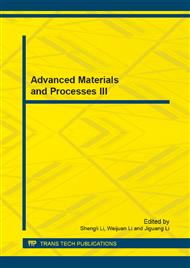p.1118
p.1122
p.1127
p.1135
p.1142
p.1146
p.1150
p.1154
p.1158
Ride Comfort Optimisation of Passenger Car Passive Suspension Systems Using ADAMS/ Insight
Abstract:
The arising health problems of ride comfort of passenger cars point out that a lot of effort still has to be put into the design of passive suspension systems.The comfort problem originates from the vibrations transmitted to the driver and passengers caused by the unevenness of the road. This paper reports on an investigation to determine the spring and damper settings that will ensure optimal ride comfort of a passenger car at different speeds. D-optimal designs are developed via multibody dynamics software (ADAMS/Insight) with a model. Evaluation of the comfort improvement was done using an objective function according to the international organisation for standardisation (ISO)2631(1997). The optimised passive suspensions equipped in a passenger car were tested on a test rig in ADAMS/Car. The results show that the vibration levels can be reduced by 47%, generating a drastic comfort improvement.
Info:
Periodical:
Pages:
1142-1145
Citation:
Online since:
September 2013
Authors:
Keywords:
Price:
Сopyright:
© 2013 Trans Tech Publications Ltd. All Rights Reserved
Share:
Citation:


